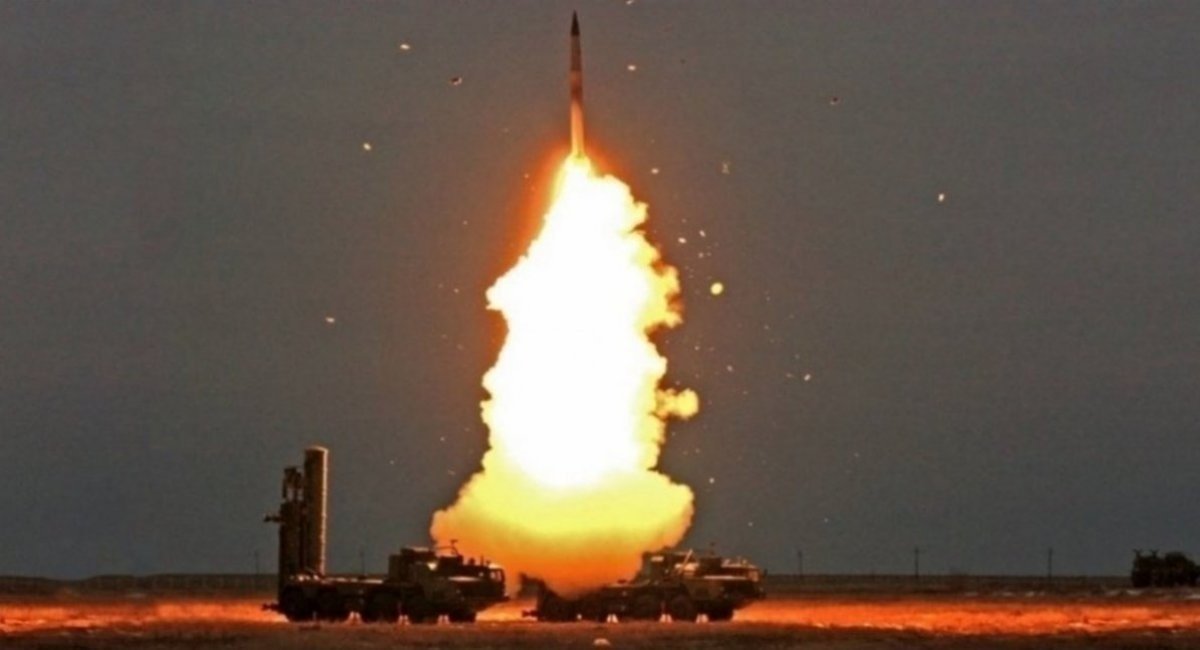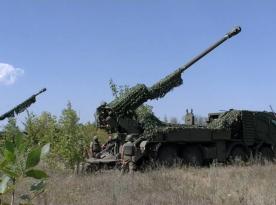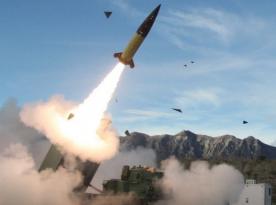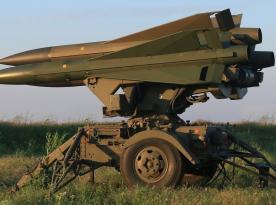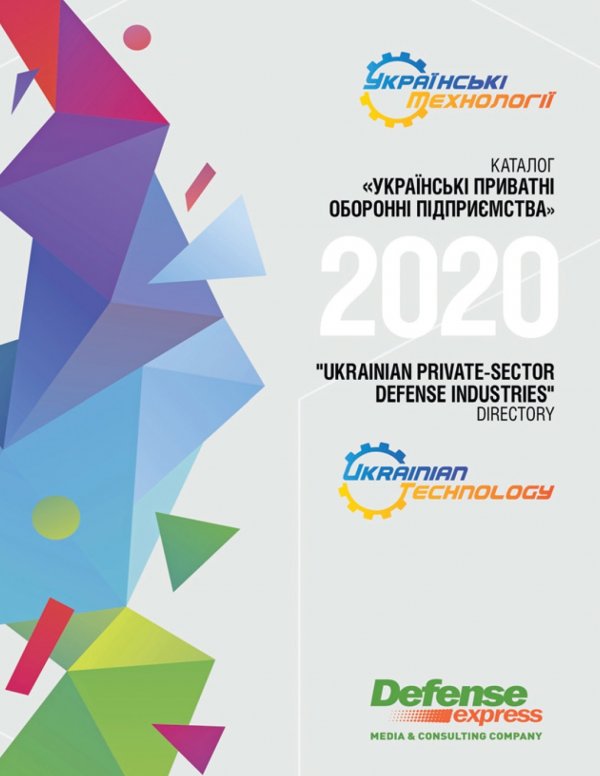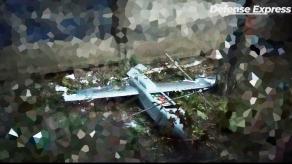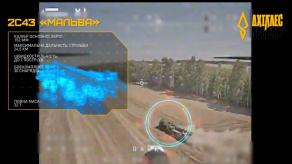Missile strikes that started on the night of February 24, on the very first day of the russian full-scale invasion, have become a real challenge for the Ukrainian air defense forces. Back then, the plan maxima was to survive the massive onslaught of various types of long-range missile systems that could attack any spot on Ukraine from far away hiding from backfire in the territory of russia and belarus.
These conditions had impacted the outcome of Ukrainian air defense efforts: according to the London-based think tank Royal United Services Institute (RUSI), around 12–18% of russian missiles were shot down at the time.
Read more: Spanish Hawk Missiles Arrive in Ukraine
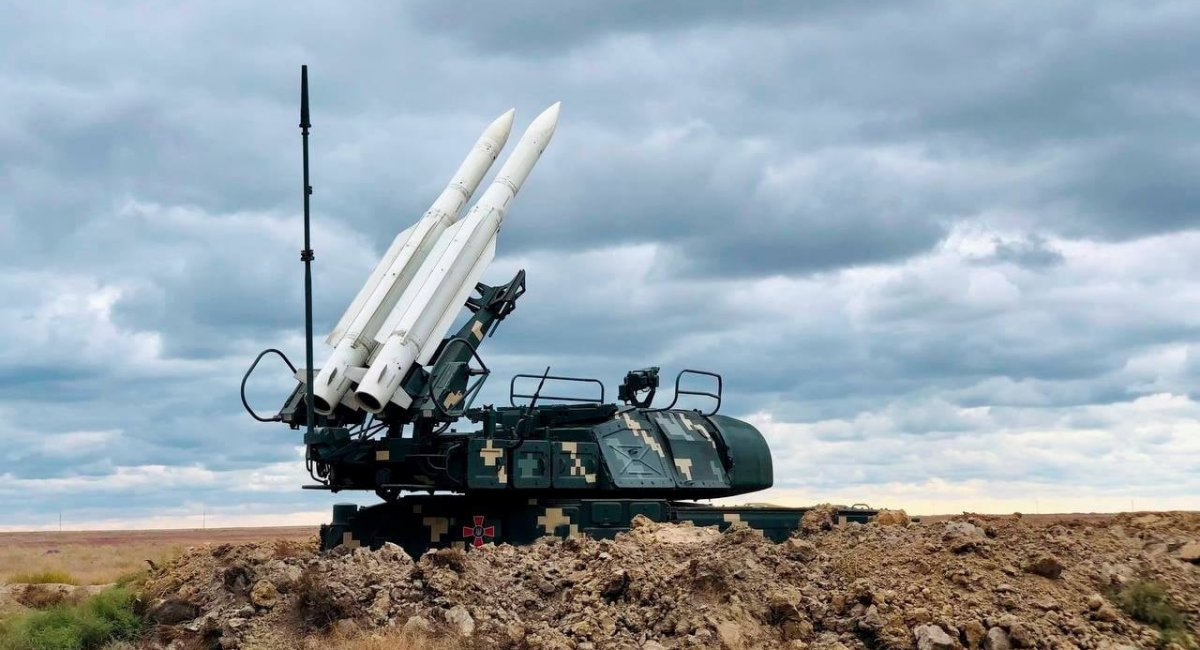
"Given the orders to redeploy Ukrainian forces, the damage and disruption to C2, the unexpected concentration on the Gomel axis, and the forced displacement of systems, many Ukrainian systems were alive, but uncoordinated for the initial 24 hours," says the report by RUSI.
Ultimately, the Armed Forces of Ukraine accomplished the main objective: russia's plan to ruin the Ukrainian air defense was thwarted.
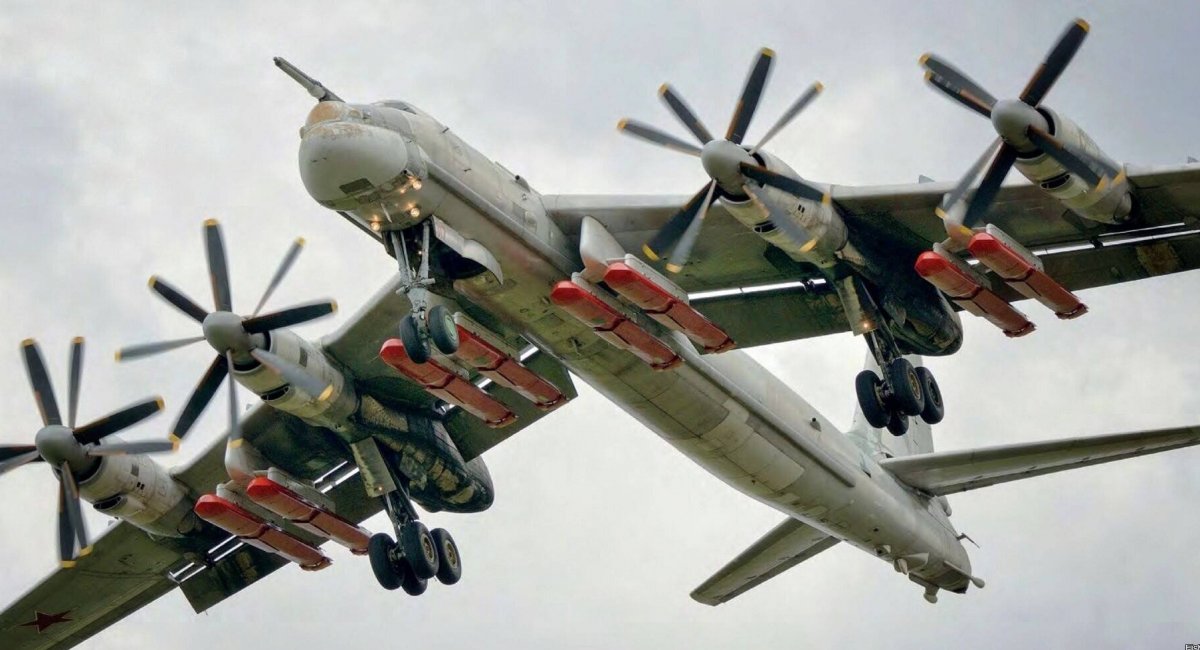
Thanks to that we can now compare the figures from then with what we have now and find out the scale of growth of air defense capabilities of the Ukrainian Army based on the effectiveness against russian missile strikes.
That said, during the last major missile attack on November 23, russians launched 70 cruise missiles of the "Kalibr", Kh-101 and Kh-555 types, 51 of them were destroyed, or 73%.
To make things more clear, let's take notice of some other russian shellings of the past few months:
- on October 10, 84 cruise missiles were launched, 45 of them were shot down, the percentage of missiles destroyed was 53.5%
- on October 11, 28 missiles, 20 shot down, the percentage was 71.5%
- on October 22, 33 missiles, 18 shot down, the percentage was 54.5%
- on October 31, more than 50 missiles, 44 shot down, the percentage was about 88%

So as we can see, the effectiveness has risen from 12–18% on the first day of war up to almost 50–90%. The difference can be explained by the fact that Ukrainian air defense units have received a ton of valuable experience over these 9 months of russian missile shelling, as well as increasing supplies of modern air defense systems, such as NASAMS or IRIS-T.
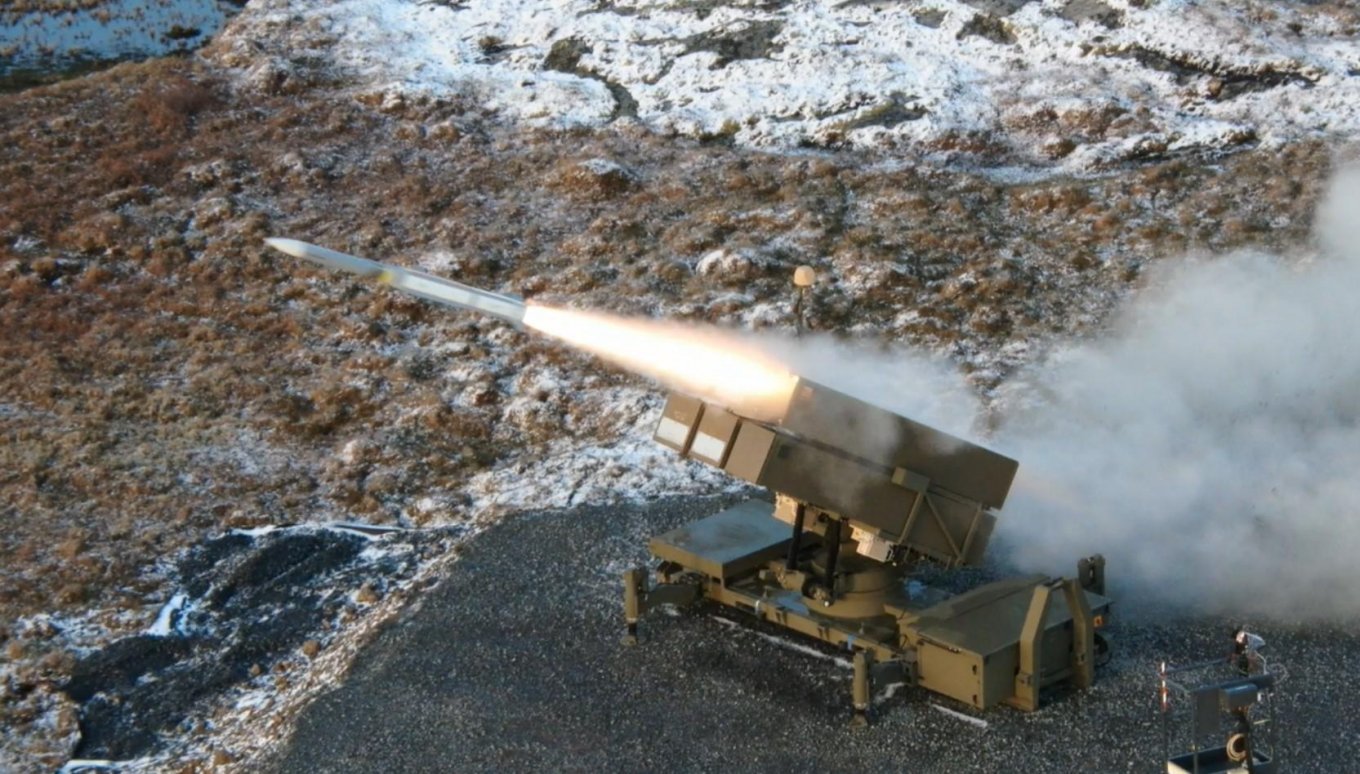
As Defense Express earlier reported, just recently, a new system has joined the "family" of the Ukrainian air defense – the American MIM-23 Hawk systems provided by Spain. Despite their age, Hawks will become another keystone in the foundation of Ukrainian echeloned air defense, and they also have an important advantage that makes them valuable against the continuous russian missile offense.
Read more: The Biggest Missile Attack on Ukraine so far: Over 90 Missiles, 73 Shot Down




